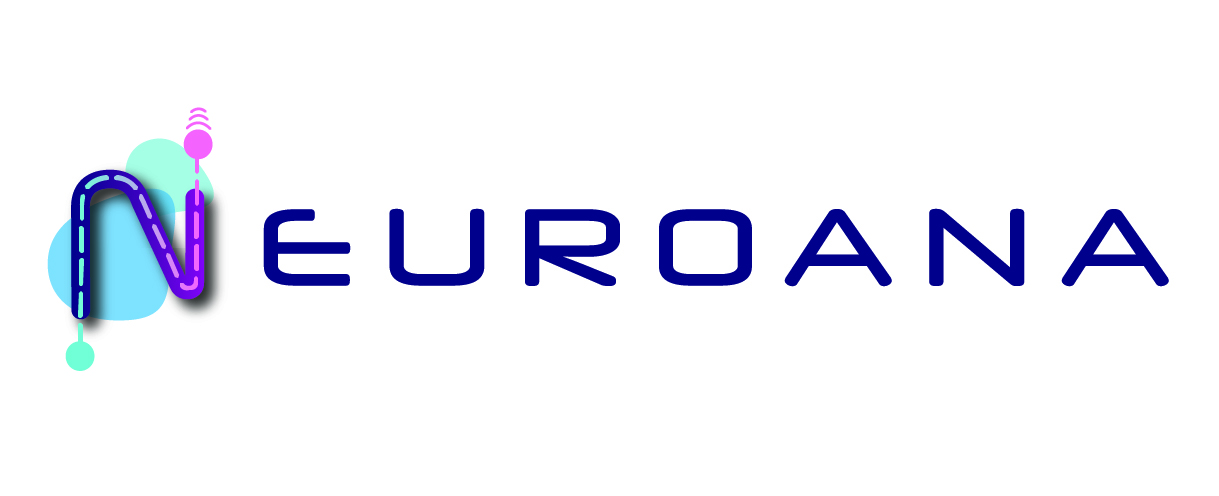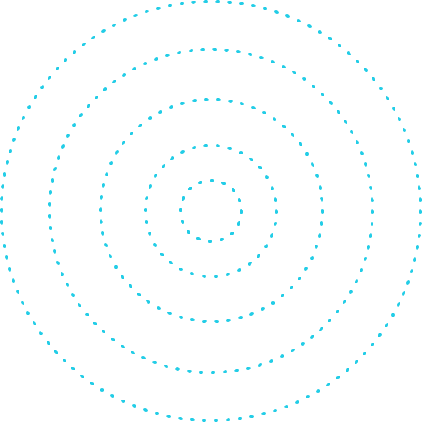Did you know that while reading this your brain is sending off chemical and electrical signals to help you to understand the words and their meaning? Your brain is made up of networks of small cells called neurons that communicate electrochemically to enable you to think, feel, and interact with the world around you. Because electrical charges are responsible for brain activity, electrical stimulation can in turn be used to change the brain’s functioning. Brain stimulation has been used to treat mood disorders and stress, and it can even help people to solve problems, memorize information, and pay better attention. Luckily, many of the brain regions that control these functions are located in the cortex, which is the outer edge of the brain, closest to the skull. The cortex can be reached using a method called transcranial (into the skull) direct current stimulation (tDCS for short). In this article, we discuss how tDCS can be used to help people to think and feel differently.
Read the article from Frontiers for young minds here


Everything is very open with a very clear clarification of the challenges. It was really informative. Your site is extremely helpful. Thank you for sharing!